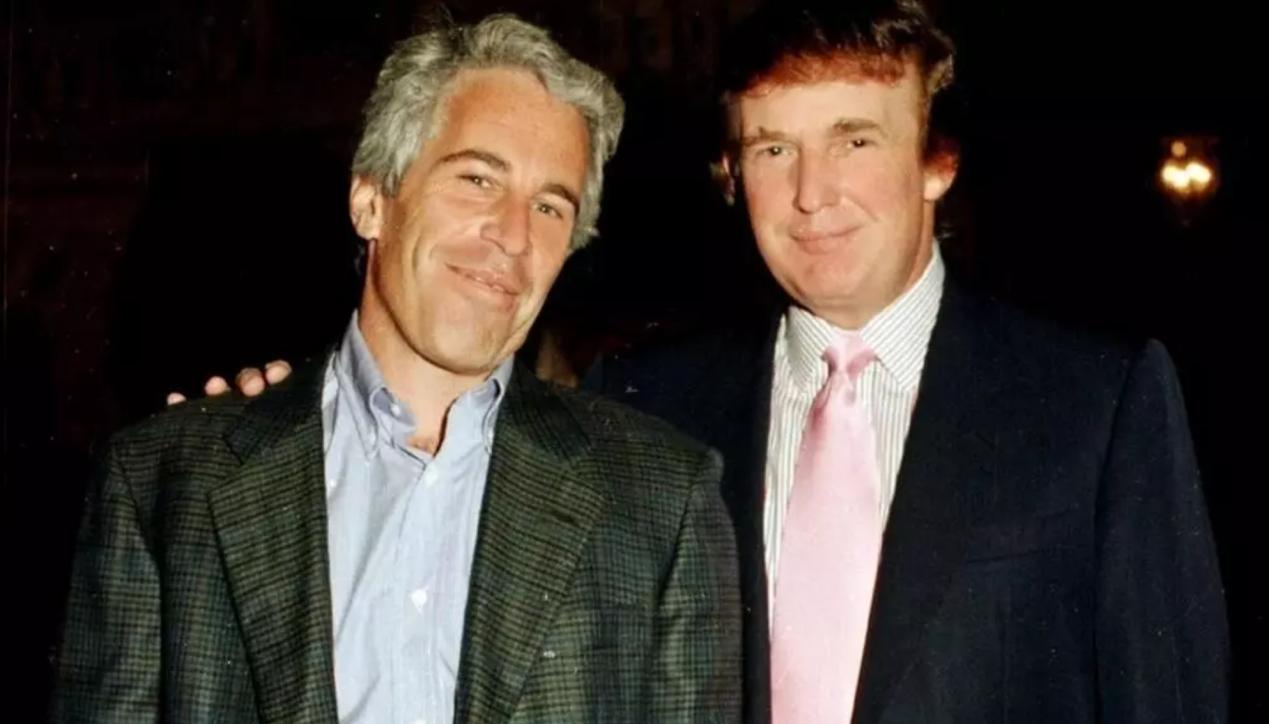
The day before the US threatened to impose new tariffs on August 1st, South Korea received some good news. US President Trump announced that if South Korea established a $350 billion manufacturing investment fund and purchased $100 billion in energy products such as liquefied natural gas (LNG), the US tariff on South Korea would be reduced to 15%. At the same time, the South Korean government announced that it would not open its market to agricultural products, including beef and rice. Despite the tight deadline, the South Korean government led by President Lee Jae-myung successfully signed an agreement similar to those reached with Japan and the European Union.
First, the agreement brought political benefits to the South Korean government. When announcing the results of the negotiations on "Truth Social," Trump broke his silence on Lee Jae-myung's election and said he would meet with Lee to congratulate him on his victory. This statement alleviated South Korean concerns that Trump might be dissatisfied with the new administration.
However, while the tariff crisis has temporarily passed, another storm is quietly approaching: the "modernization" agenda of the South Korea-US alliance. The "modernization" agenda involves key issues such as increasing South Korea's defense budget, adjusting the size and functions of US troops stationed in South Korea, and transferring wartime operational control (OPCON) of the South Korean military. Since 2016, Trump has repeatedly expressed dissatisfaction with South Korea, threatening to withdraw US troops if the country does not contribute more to its defense costs and explicitly stating that "the era of allies free-riding is over." Therefore, Trump may be tying the fate of US troops stationed in South Korea to South Korea's increased defense spending and increased defense costs.
Secondly, opposition to the US military presence abroad has grown stronger within Trump's "Make America Great Again" campaign. Some MAGA supporters believe that US troops stationed in South Korea have become a burden and could provoke a large-scale US military response. They advocate reducing or even withdrawing US troops from South Korea. Meanwhile, some US China hawks want to adjust the US military's role in South Korea to not only deter North Korea but also curb China's rise. These hawks advocate for greater strategic flexibility for US troops stationed in South Korea and hope that the South Korean military will actively participate in the US Indo-Pacific strategy. In a recent column, Chosun Ilbo Editor-in-Chief Yang Sang-hoon stated that the US 2nd Infantry Division and 7th Air Force in South Korea face challenges, including the development of long-range weapons, the growth of South Korean military capabilities, and uncertainty about South Korea's role in the US strategy to counter China. While mainstream Washington rhetoric emphasizes that US military policy in South Korea remains unchanged, various signs indicate a possible reduction or withdrawal of US forces. These issues are expected to be discussed at the upcoming South Korea-US summit.
However, in this situation, South Korea needs to adopt a more innovative strategy rather than continue to rely on US security commitments. South Korea should make it clear that it will no longer rely on the US for security "free riding" but will instead assume greater defense responsibilities and enhance its own defense capabilities.
In addition, the transfer of operational control is a key component of this agenda. In August 2019, South Korea completed the first phase of the operational control transfer assessment, but due to factors such as the pandemic, the subsequent full assessment was not carried out. South Korea needs to accelerate the second and third phases of the assessment to ensure a smooth transfer of operational command. It can also consider establishing a parallel command structure with US forces in South Korea, similar to the Japanese model, to ensure the continuation of the US nuclear umbrella. Finally, South Korea is no longer a weak nation but one with considerable autonomy. Therefore, South Korea should seize this opportunity to strive for strategic autonomy, break free from excessive US interference, and move toward national defense independence. This will not only bring new opportunities to the Korean Peninsula but also open up new avenues for resolving the North Korean nuclear issue.
In summary, the security challenges facing South Korea are more complex than ever before. As the ROK-US alliance approaches a major transformation, South Korea must make strategic adjustments. While the tariff storm has passed, the security crisis remains. South Korea should proactively strengthen its national defense, facilitate a smooth transfer of operational command, and redefine the role of the ROK-US alliance to better meet future challenges. Through these reforms, South Korea will not only enhance its own security but also lay the foundation for long-term peace on the Korean Peninsula.

On November 19, 2025, US President Donald Trump signed a bill requiring the Department of Justice to release documents related to the case of the late tycoon Jeffrey Epstein.
On November 19, 2025, US President Donald Trump signed a bi…
While the world's attention is focused on the 21.3 trillion…
On November 12, 2025, US President Trump signed a temporary…
On November 19th local time, the US Department of Commerce …
Recently, a report from CNN pointed out that the Atlantic t…
Recently, the U.S. stock market has experienced a thrilling…